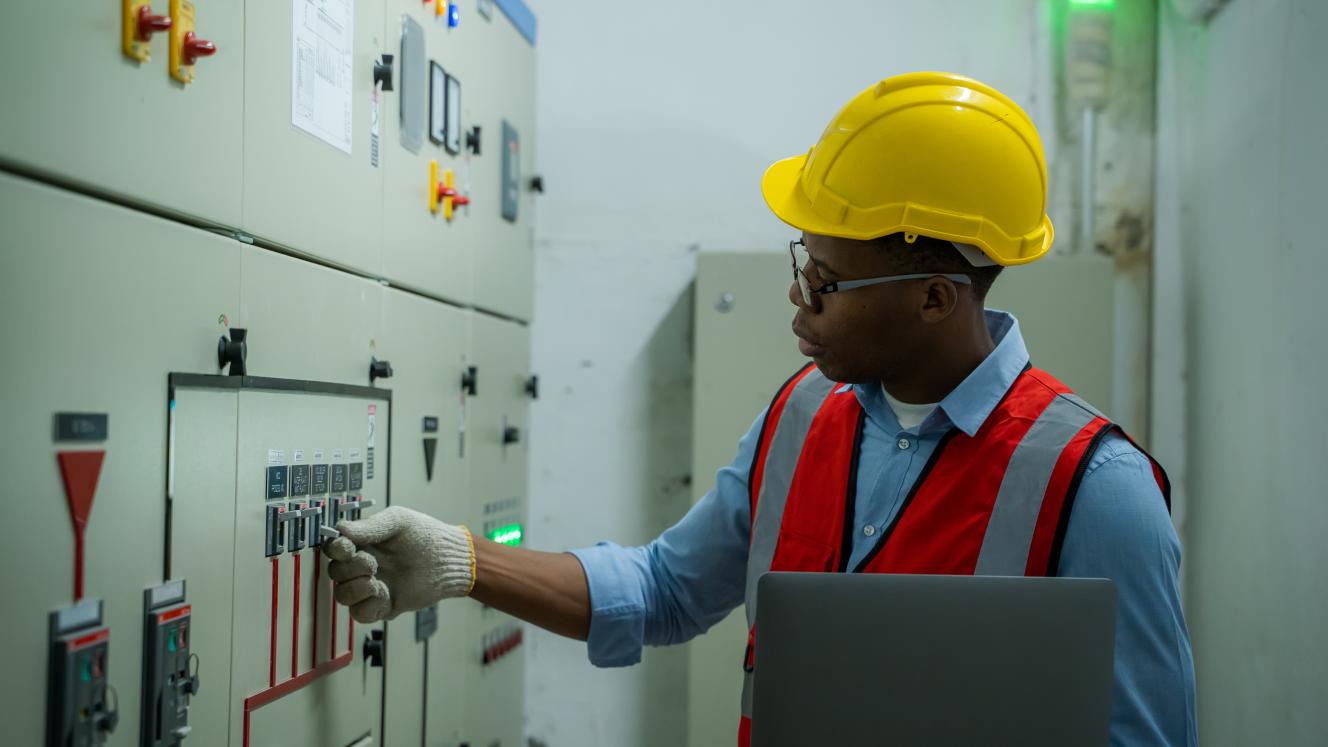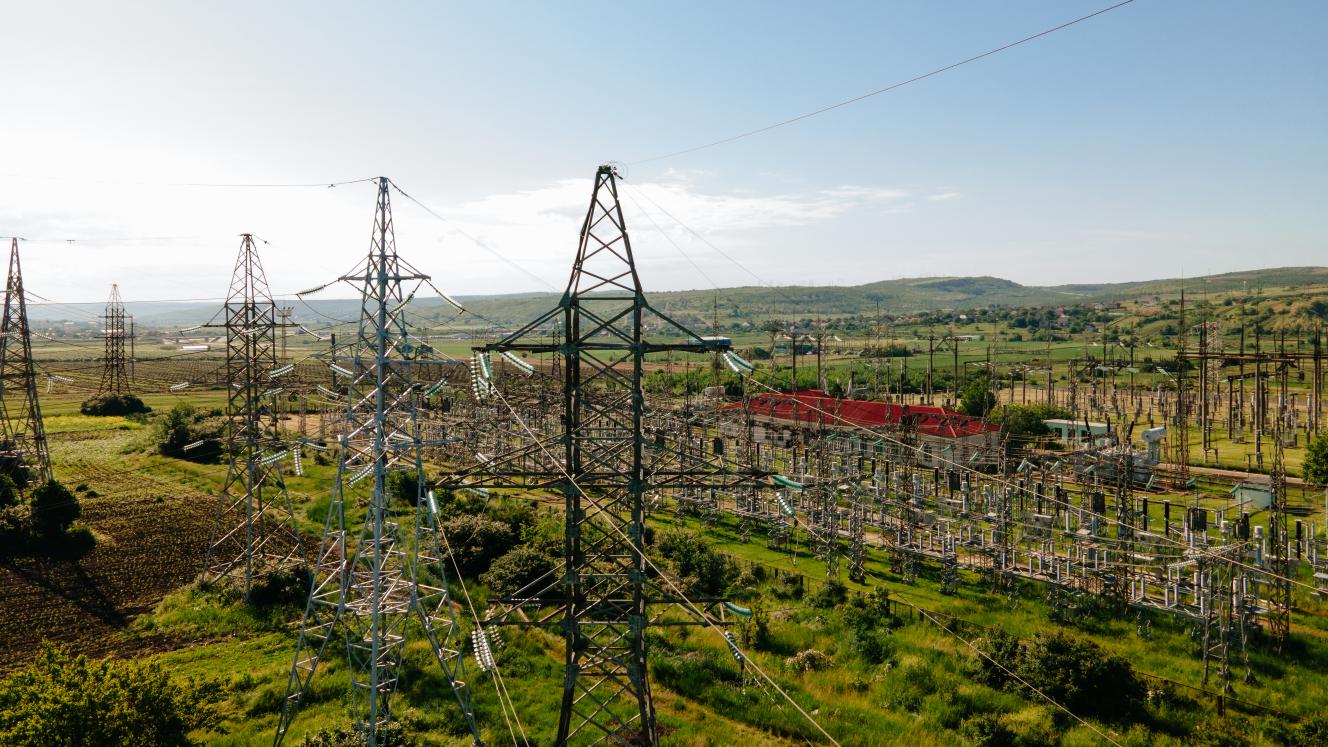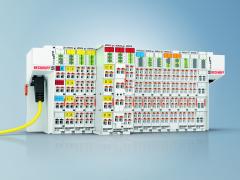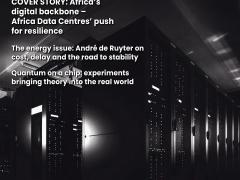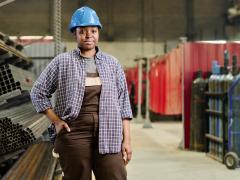South Africans know how to cope with load shedding. Diesel generators, inverter stacks, solar panels and portable UPS units units have become integral to the domestic and corporate landscapes. But as power disruptions, network instability and infrastructure stress become even less predictable, a quiet revolution is underway: the rise of backup engineering as a core design principle.
Backup is no longer a reaction. It's the new foundation.
A new baseline for power engineering
What used to be considered backup — such as batteries, inverters and failover switches — is now the primary power design for many facilities. Clinics in Limpopo and the Northern Cape are operating medical equipment powered by lithium-ion arrays paired with hybrid inverters. Large office parks are standardising backup switchover automation, treating Eskom supply as the unreliable leg in a tri-phase setup.
Engineering firms are designing for degraded state first: wiring, battery enclosures, surge protection, inverter spacing, fire compliance — not as optional extras, but as required components. And in many new buildings, solar-plus-storage isn’t the add-on. It’s the load-bearing layer.
Bandwidth backup: Internet as a service-level asset
With VOIP, VPN, cloud storage, and business continuity reliant on stable internet, bandwidth backup has become just as critical as electrical continuity. Enterprises are now running redundant fibre circuits, failover LTE routers and edge caching servers as standard.
In one Johannesburg data centre, network engineers designed a dual-uplink fibre route with automatic DNS failover to ensure zero drop during upstream provider outages. It’s not about speed. It’s about keeping transactions, calls, and backups running smoothly under stress.
In schools, ISPs are offering solar-powered LTE routers with content caching and low-speed fallback to ensure learning platforms remain reachable, even when the tower is strained.
Environmental resilience: thermal, humidity, vibration
Generators produce heat. Batteries require cooling. Server rooms and communications cabinets are failing not due to power issues, but due to thermal load mismatches. Engineers are retrofitting air conditioning bypass ducts, installing vented battery racks and deploying smart cabinet cooling units designed to trigger only when ambient temperature thresholds are crossed.
In rural setups, thermal stability is becoming more important than bandwidth. If your inverter cooks at 48°C, your whole system fails. Engineers are designing for enclosure positioning, sun angle, and passive airflow in a way that would’ve been considered overkill five years ago.
Redundancy is the new infrastructure
South African businesses now design for failure as a condition of operation, not a hypothetical.
- Load-shedding isn’t going away.
- Fibre breaks will happen.
- Grid-wide voltage dips are expected.
- 5G routers still fall back to EDGE in a thunderstorm.
Engineering for continuity is now the defining measure of reliability. From boardrooms to basements, the question is no longer “Do you have a backup?” It’s “What happens when your backup becomes the only system still running?”

